If your clutch ever gave out in the middle of traffic, you’d never forget. There’s nothing like watching the revs soar, pressing the pedal, and realizing you’re stuck in neutral as everyone zooms past. Here’s the unsettling truth—most folks never really know their clutch is on the way out. It doesn’t explode or throw a warning light like an engine. Instead, it quietly fades away until one day, you just can’t get moving at the green light. Testing a clutch isn’t rocket science, but it’s one of those things no one actually shows you in driver’s ed or the owner’s manual. Ever wonder what those odd burning smells, hard shifts, or sudden RPM jumps really mean? Let’s make sure you never get caught by surprise.
What Is a Clutch and Why Does It Matter?
Every time you press that third pedal in a manual, you’re using the clutch—the unsung hero sitting between the engine and the wheels. The clutch’s main job is to temporarily disconnect the spinning engine from the gearbox, letting you pick a new gear or come to a stop without stalling. The magic lies in friction. A clutch disc grabs (or slips against) a pressure plate, transferring engine power when you let the pedal up. If the friction material wears out, the connection weakens. That’s when trouble starts: the engine turns just fine, but your car acts like it’s dragging an anchor. You might not notice right away; clutches wear slowly. But they can also fail fast, especially if you’re in stop-and-go traffic, tow heavy loads, or have a habit of riding the pedal. Even something as simple as learning to drive stick and stalling a bit more than you’d like, slowly take their toll.
Modern clutches usually last 60,000 to 100,000 miles, but heavy city driving, aggressive shifting, or tuning your car for more power shortens that window. Fun fact: the world record for a single clutch is 450,000 miles—set by a London taxi. Most of us are lucky to get half that mileage. And here’s why you should care: a bad clutch risks leaving you stranded far from home or facing a repair bill that’ll make your wallet cry. Testing your clutch now can save you from towing bills, extra transmission repairs, or being that person blocking a busy intersection. Wouldn’t you rather know before you’re in a jam?
Common Signs Your Clutch Is on Its Way Out
Clutches don’t go quietly. Listen and feel, and you’ll spot the warnings early. First, pay attention to how your pedal feels. Is it suddenly loose, spongy, or stiff? Does it take longer to engage? That change is often the first sign the system is wearing out. The classic symptom is clutch slipping. You press the gas, the RPMs jump, but the car barely accelerates—or not at all. If you try merging onto a highway and the revs climb but you barely move faster, that’s a tell-tale sign. Also, any strong, acrid burning smell after a session of hard driving can signal burnt clutch material. When you smell something like burning toast but more “mechanical,” pull over and check before it gets worse.
Beyond that, listen for rattling or squeaking when you press or release the pedal. These noises often come from worn clutch components like the release bearing or pressure plate. If gears grind even when the pedal is fully pressed, the clutch might not be disengaging all the way. That can be a hydraulic issue, low fluid, or air in the system. Frozen or slowly returning clutch pedals, especially in hydraulic systems, can point to a master or slave cylinder problem. Sometimes the trouble starts subtly—a higher “biting point,” where the clutch now grabs near the top of the pedal travel. Don’t brush off having to press the pedal all the way to the floor before a gear will click in. It’s all feedback from your car begging you to pay attention.
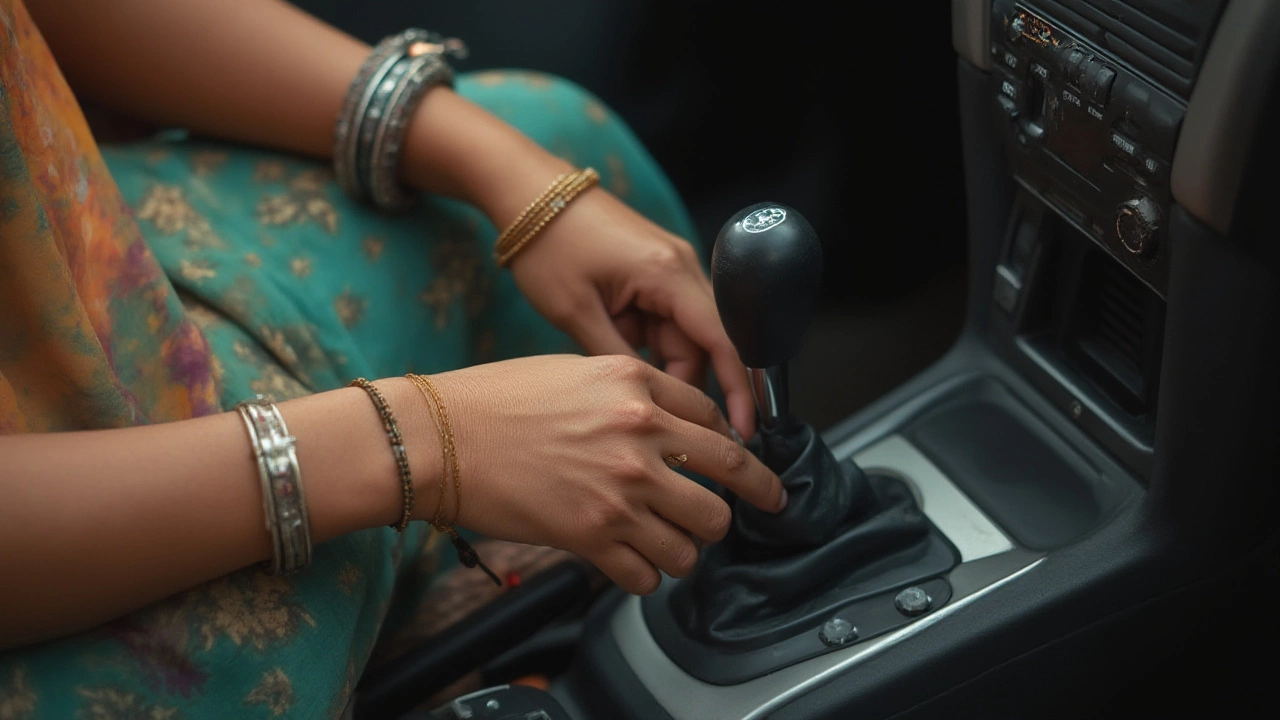
Step-by-Step Guide: How to Test a Clutch
Testing a clutch doesn’t need fancy tools—just your senses, the right parking spot, and about ten minutes. Here’s the practical checklist:
- 1. Find a Flat Surface: Park on level ground with enough space to roll a few feet. Make sure it’s safe and clear of obstacles.
- 2. Start the Car, Leave It Idling: Put the handbrake on. Depress the clutch and shift into first gear.
- 3. Engage the Pedal Slowly: Slowly lift your foot off the pedal. If the engine stalls quickly, your clutch is usually good. If it keeps running (or struggles but doesn’t die), your clutch could be worn or slipping.
- 4. The High-Gear Test: With the handbrake on, shift into third or fourth gear at low speed (about 15 mph or so). Step firmly on the accelerator. Watch the tachometer. If the engine revs up but the car barely accelerates, slipping is confirmed.
- 5. Listen, Smell, Feel: As you shift through the gears, watch for strange noises, burning smells, or unusual vibrations.
Tip: Never hold the clutch at the biting point for longer than a couple seconds during testing—that alone can cause extra wear. If you have a friend around, ask them to watch for the car jerking forward or listen near the engine bay for odd sounds. Remember, this isn’t a diagnosis down to the part, but it tells you if the clutch assembly is working as it should. If these tests flag a problem, it’s time to see a mechanic or get dirty yourself.
Comparing DIY Checks with Professional Tests
Most clutch issues can be confirmed by basic parking-lot tests, but sometimes it pays to let a pro take a look. Shops use a few extra tools. For instance, they can measure clutch pedal free play with special gauges, check slave and master cylinders for leaks, or even inspect clutch fluid for contamination. More advanced tests include pulling transmission codes (yes, some new cars have clutch sensors) or checking hydraulic pressure on newer systems. On a lift, they’ll look for fluid leaks, check that the clutch fork isn’t bent, and make sure the pressure plate, flywheel, and release bearing aren’t cracked or glazed.
Worried about labor time? The average shop takes three to six hours for a clutch replacement, but if yours is front-wheel drive or an all-wheel-drive model with limited space, it can turn into an all-day job. Labor cost data from 2024 shows most repairs in the US run from $900 to $1,800 for parts and labor—not counting high-performance or European models which soar past $2,500. For folks with older, simpler cars, it’s still possible to buy good-quality clutch kits and do the swap yourself in an afternoon if you’re handy and have the right tools. But safety comes first—support the car properly and never trust a wobbly jack.
For reference, here’s a quick comparison table of common clutch symptoms and how they’re typically checked:
| Symptom | DIY Test | Professional Test |
|---|---|---|
| Slipping | High-gear stall or acceleration test | Hydraulic pressure test, clutch disc inspection |
| Vibration | Sensation during pedal release | Flywheel and pressure plate inspection |
| Noises | Listening while pressing pedal/shifting | Check release/throwout bearing |
| Poor engagement | Feels like grabbing or hard shifts | Check for hydraulic leaks, adjust linkage |
| Hard pedal | Manual foot feel test | Inspect cable/hydraulic system, pedal linkage |
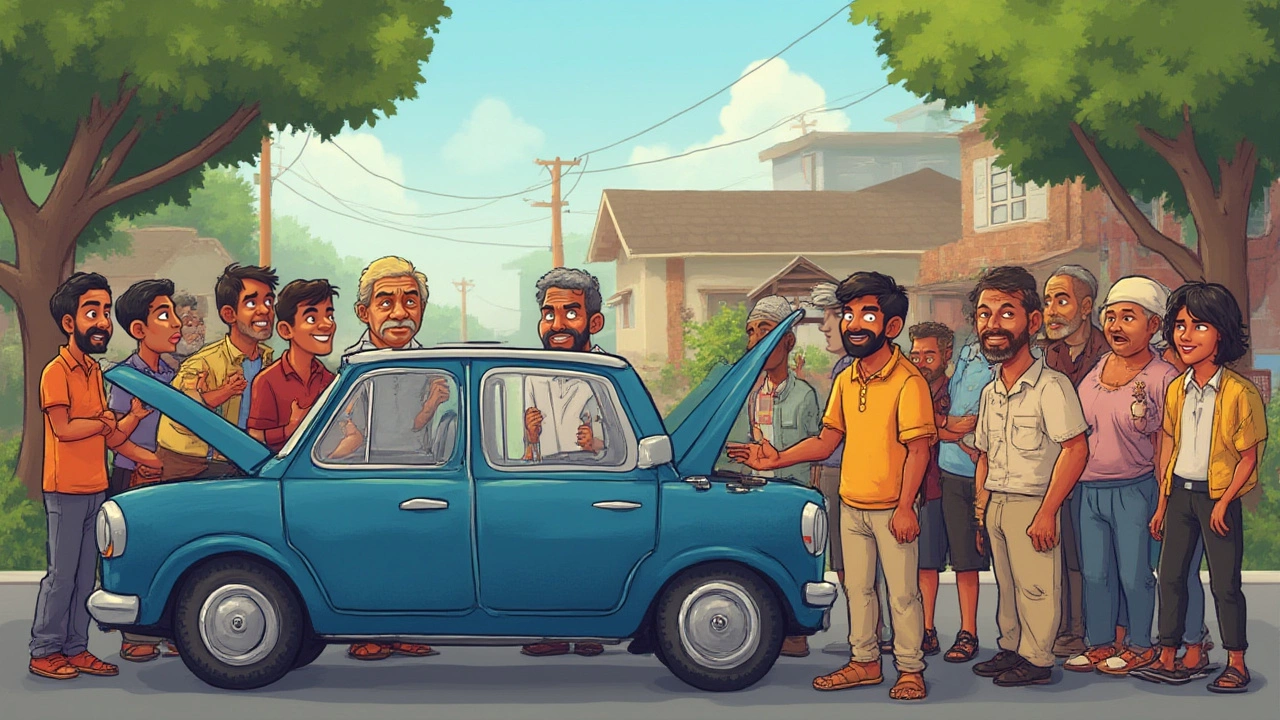
Saving Your Clutch: Habits to Extend Its Life
Think of your clutch as a wear item—like brake pads. How you drive makes all the difference. Want to maximize its life? Always fully depress the pedal before shifting, don’t rest your foot on the pedal (it’s called “riding” the clutch), and don’t hold the clutch at the biting point on hills—instead, use the handbrake until you’re ready to move. Try to shift smoothly and avoid revving excessively while you let the clutch up. Every little habit counts. Data from repair shops shows drivers who ride the clutch can cut clutch life in half compared to those who adopt careful habits. Hill-start assist features in newer manual cars can also make a difference, but don’t rely on them too much.
If you notice issues, don’t wait. A worn clutch disc can damage the flywheel or pressure plate, turning a $600 part swap into a $1500 transmission ordeal. It’s smart to inspect the clutch fluid if your car uses a hydraulic system—cloudy or dark fluid may signal internal wear. And when you do change a clutch, always replace the pressure plate, release bearing, and (if possible) the flywheel or at least have it resurfaced. That’s how pros avoid repeat jobs and squeaky returns. Also, if your car is older or not worth much, don’t be afraid to use a solid-value clutch kit from a reputable brand. Not every car needs a race-spec upgrade.
Don’t ignore the small stuff: If you hear squeaks, replace the release bearing during your next service. If the clutch feels odd after long trips, let it cool. And never use clutch “dumping” (letting it up instantly from high RPM) unless you’re at the drag strip—your clutch (and wallet) will thank you.

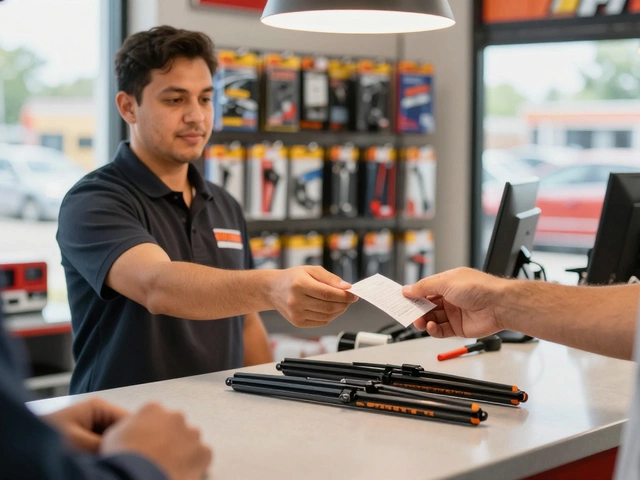
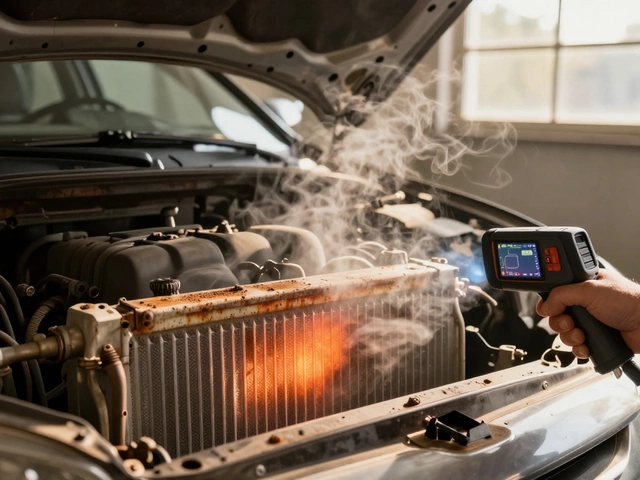
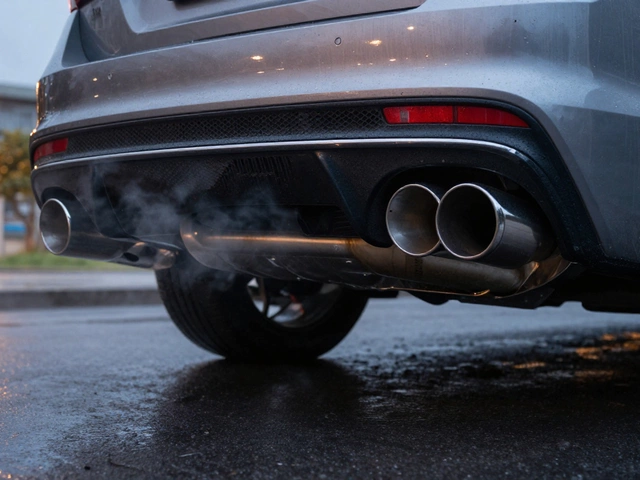
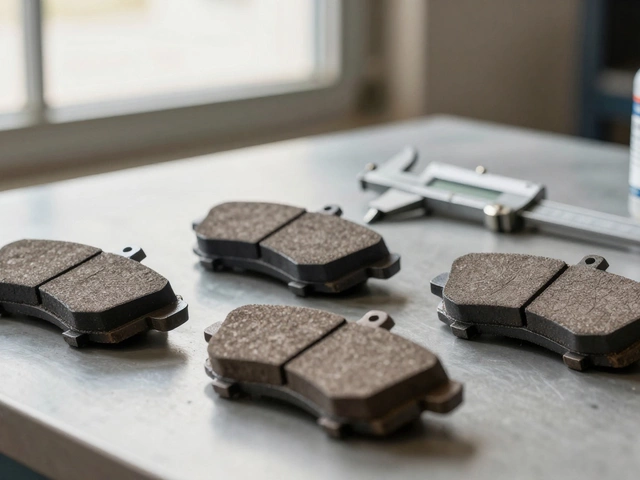
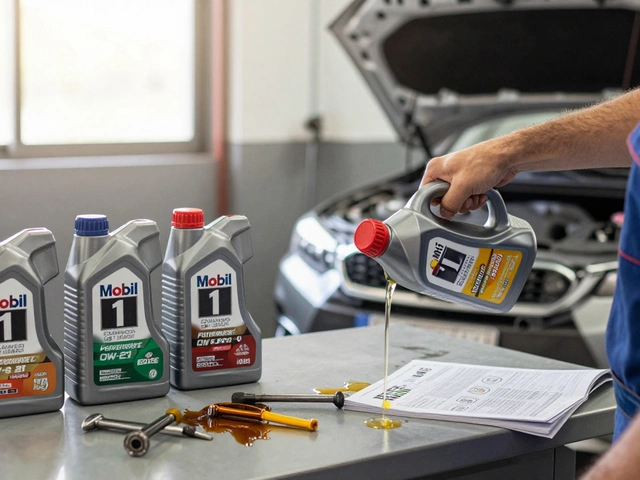

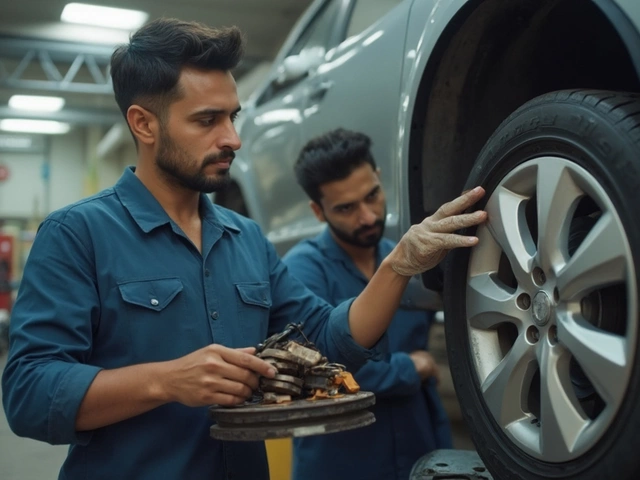
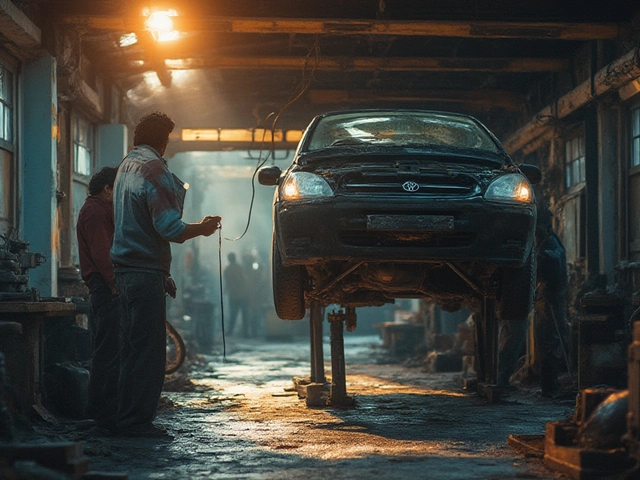

Write a comment